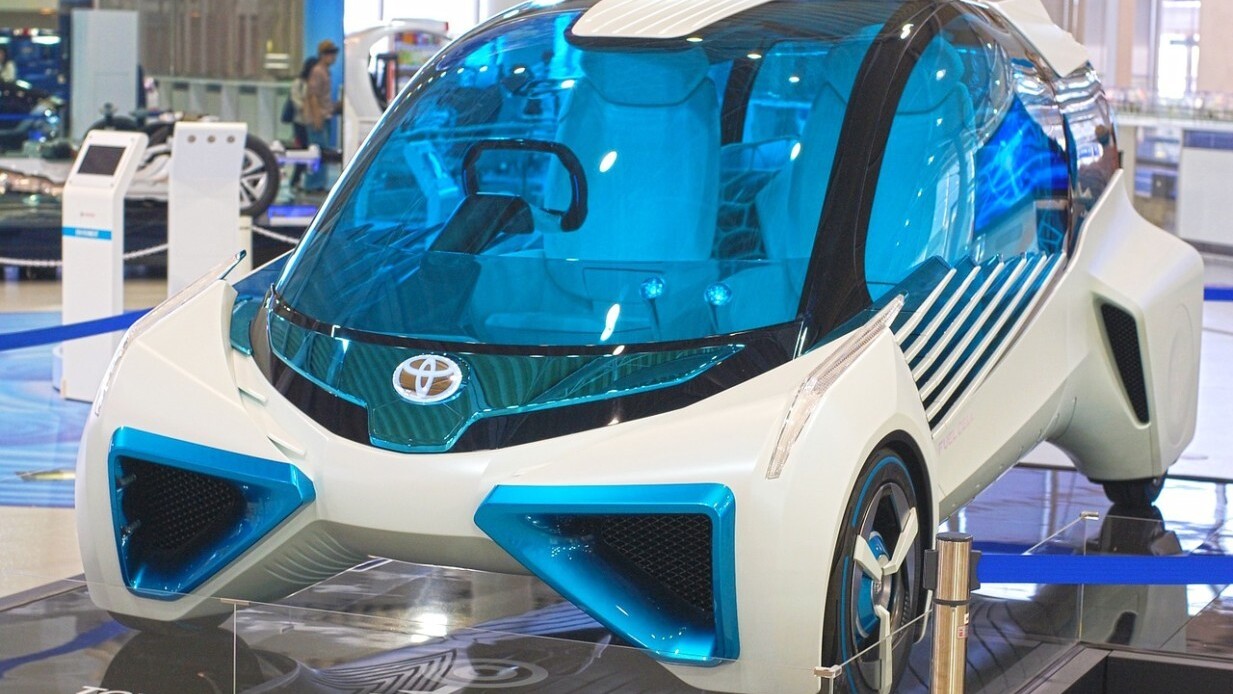
Drivers are becoming riders. As ride services and autonomous vehicles become the norm, the new “Passenger Economy” will thrive as we strive to fill the reclaimed time once spent behind the wheel. Intel predicts that the value of goods and services for this economy will be close to $7 trillion by 2050, more than double the predicted value of the “Sharing Economy”.
Cars will be transformed from single-serving modes of transport, into hyper-customizable, seamless extensions of living space. As a result, we’ll be spending all our time and money on non-driving services and experiences created by the likes of global tech companies such as Google, Facebook and Amazon. This will revolutionize the role that cars and travel play in our lives.
No longer will we simply travel from A to B. Instead, the journey will also assume a new role as the destination, becoming an integral part of our lives. For brands looking to reach audiences through experience and capture revenue from this new passenger economy, there are three principle opportunity areas:
The car experience as connector
As our attention will no longer be tied to the road directly in front of us, we will broaden our horizons beyond the physical space of the metal jackets that we currently know as our cars. This outward focus presents a huge opportunity for companies to ensure our in-car and out-of-car experiences are seamlessly integrated. In the first instance, it feels right to think that this role will be assumed by mainstream telecommunications and technology companies such as Apple, Google and Microsoft.
In fact, there is already headway being made — Google’s Android Auto currently extends your Android device ecosystem into your car, forming the basis for connected in-car entertainment and information. Apple have also had a go, with the launch of their CarPlay system. Meanwhile, Renault-Nissan and Microsoft are partnering to develop next-generation technologies powered by Microsoft Azure, which amongst other things, will help users to connect with each other – through automatically synced arrival time sharing – and to remotely transfer vehicle control to friends or relatives needing to borrow the car.
A connected vehicle also opens up opportunities for companies that want to take advantage of the shift to smart-cities. Parking, as one example, is set for a revolution. Soon, the dreadful search for a parking space will be a thing of the past, as our cars will automatically have reserved the most convenient spot available at our destination before we even depart. Further down the line, we won’t need parking spots at all, as our cars will immediately be on to their next pick-up after our drop-off. That’s the beauty of the sharing economy.
But opportunities don’t have to be limited to those companies ready to invest in the construction of game-changing infrastructure. A connected car also allows advertisers to beam geo-relevant messaging and discount offers to us as we’re about to pass their store on the highway. As brands become more confident with partnership opportunities; this messaging stands to become even more relevant. Spotify claim to know what mood we’re in from the playlist we’re listening to – that information could definitely help Dunkin’ Donuts decide whether we’ll be most enticed to pitstop for half-price celebratory ice-cream or wake-up coffee.
In this new world of hyper-connected, personalised messaging, brands will need to prioritise consumer experience above everything else. For CMOs, a truly human understanding of their audience is a first step – but they must then think about the best ways to utilise this insight to design genuinely encompassing brand experiences.
The car productivity experience
Our vehicles are gradually assuming more organisational control of our lives, presenting opportunities for all out-of-car businesses to circumvent automotive brands and engage directly with customers and their business needs. But the biggest business opportunity is for the tech brands that will be able to harness our desire to do more with less while on the move. Think of it as WeWork 2.0.
The world’s average daily commute is 80 minutes. If you’re a driver, that’s 80 minutes of wasted, unproductive time. Companies are creating products and services that help us make the most of this period – our cars will soon organise video meetings between people in different vehicles around the world, and provide us with expert work support and up-to-date information across any sector. In fact, anything you can currently do at your desk you’ll soon be able to do on the move. Perhaps this marks the end of offices as we know them? Perhaps it’ll lubricate the shift from corporate-earning to freelance-earning, and if so – how will this affect the B2B world?
The car as entertainment theater
When we don’t like the sound of being given back time so that we can work more — step up the entertainers! Just like existing inflight entertainment systems, our cars will soon be kitted-out to transform themselves into fully-formed entertainment theatres at the touch of a button. Nvidia, Qualcomm and ARM are already leading the charge when it comes to installing high-end graphics systems into cars for a variety of uses ranging from gaming to movies, TV shows and music.
More novel, will be the introduction of virtual reality and augmented reality systems into cars, which will quite literally allow our cars to transform themselves into other worlds. We’ll need to start seeing our cars as connected media channels – it’ll be fascinating to watch their adaptability in a world where ownership is in decline and the sharing economy and subscription-models thrive.
Brands will need to think about the best way to ensure their experience design is additive to consumers’ lives, steering clear of inauthentic gimmicks that lack longevity.
Vehicles as platforms
At a recent Bank of America mobility conference, Nadav Zohar, Global Head of Corporate Development for Gett, predicted that 50 percent of mobility brands’ revenues will soon come from in car services and experiences. The challenge for automotive brands however, is avoiding becoming a mere canvas for the services and experiences of more innovative tech brands. Instead, to maintain ownership over their audience’s time and therefore their money, they must find ways to maintain their ownership over this dramatically morphing category.
Get the TNW newsletter
Get the most important tech news in your inbox each week.




